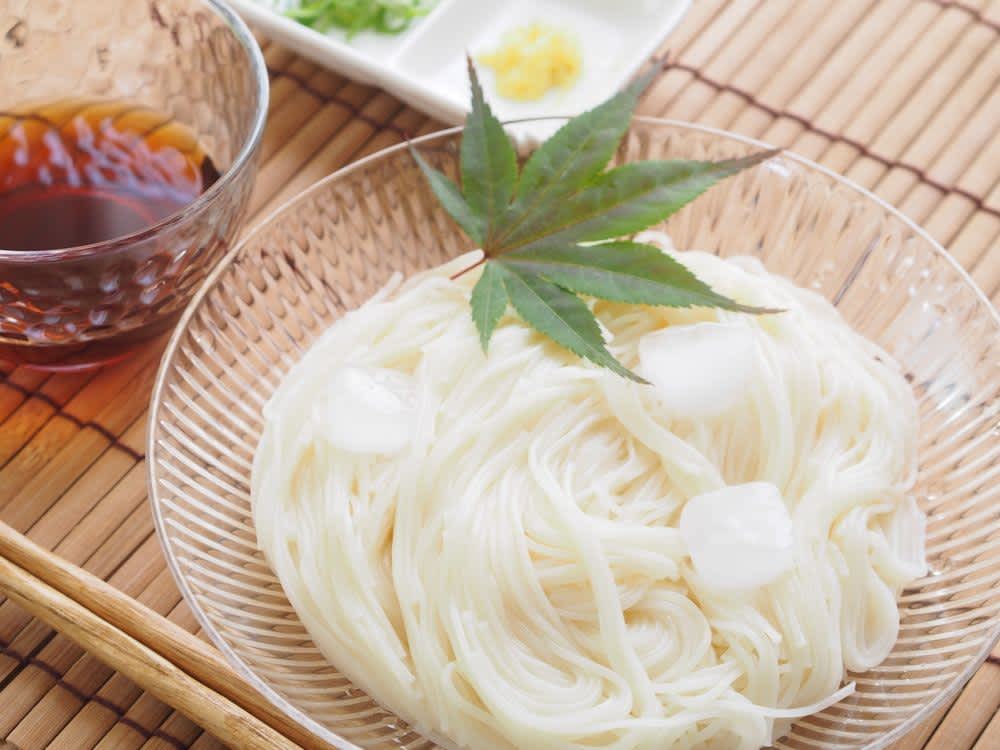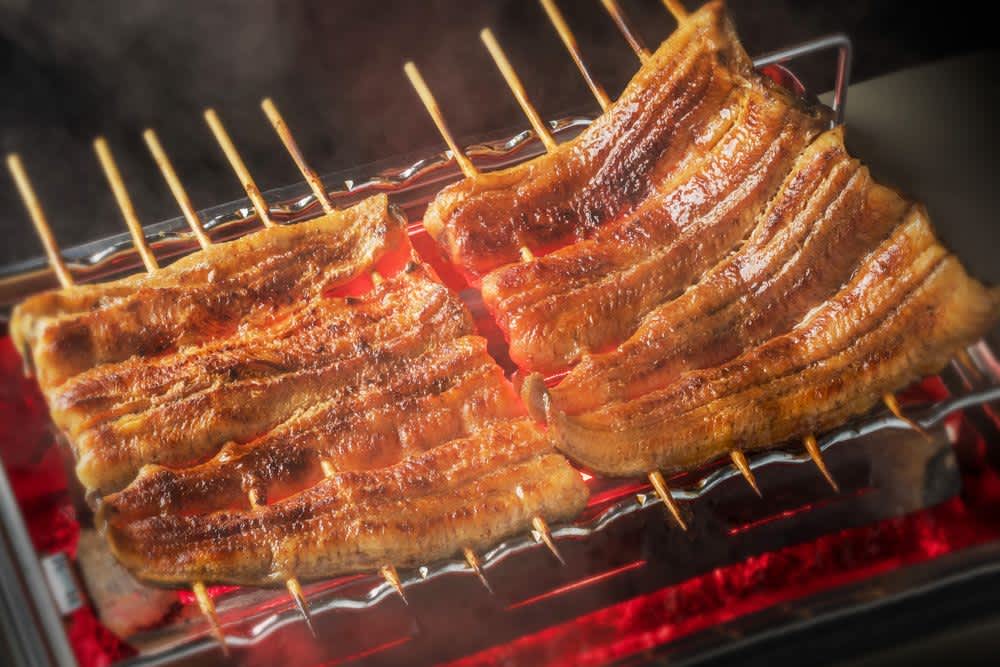
STORY Food You Must Try when Visiting Japan in Summer! by JNTO on 01 August 2019
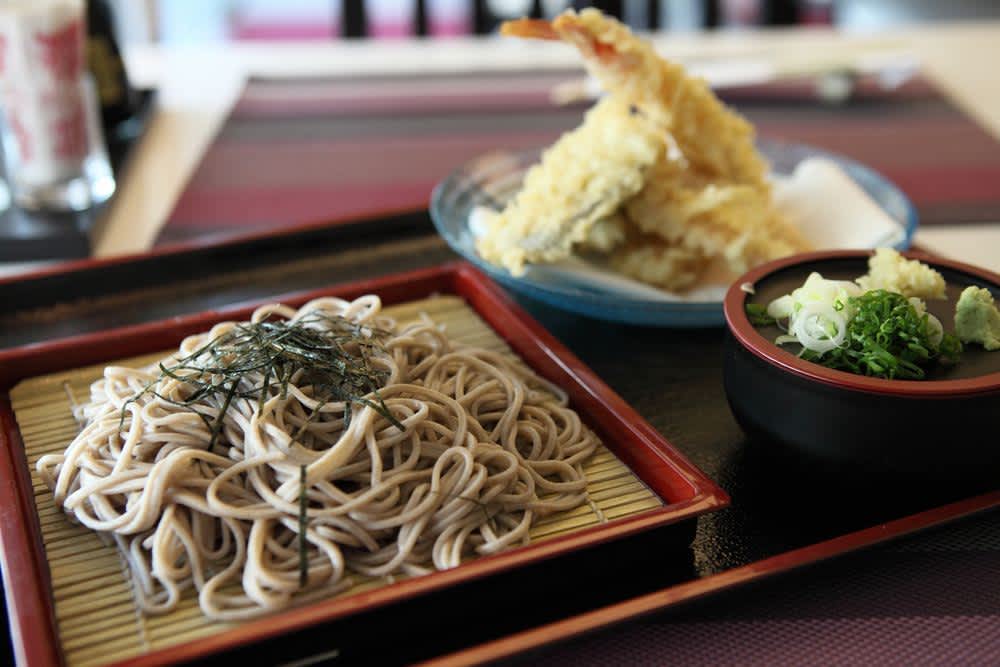
In Japan, seasonal food are available at individual specific seasons. One of the beauties about seasonal food is that you can eat them at their optimum timing for consumption. The distinct texture, the intensity of flavours, and even the amount of nutrition is all at their peaks when it is at the right season of the food. Japan as an agricultural country produces a lot of fresh seasonal food yearly. In summer, it is the right season for summer seafood such as horse mackerel and eel, and summer fruits such as peach and watermelon.
As summer in Japan can hit termperatures of about 40 degrees, Japanese also love shaved ice and cold noodles to beat off the heat. In fact, many Japanese suffer from summer heat fatigue. They may feel lethargic and sick especially during extremely hot weathers in August. Hence, it is common to have food with cooling effects and thosethat give a boost of energy in summer.
The power food in Summer – Unagi
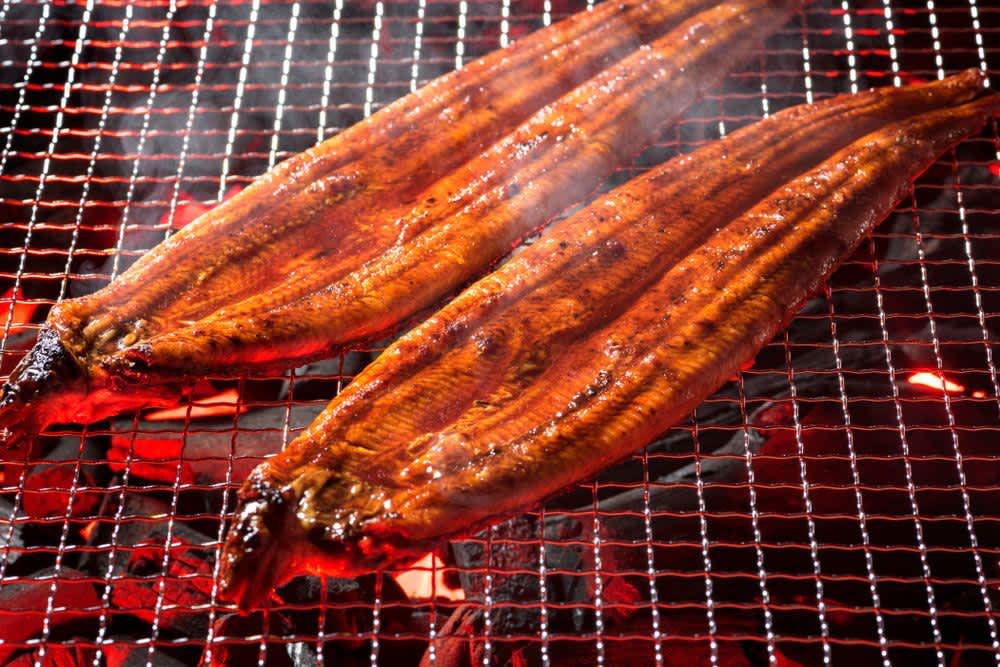
Unagi means freshwater eel in Japanese and is different from Anago the saltwater eel. Restaurants in many places usually serve Unagi which has a rich layer of fats as it is suitable for grilling.
In the past few years, Unagi restaurants in some countries rapidly became popular and new names have flourished. You may need to queue for an hour for some popular specialties and family restaurants where you can enjoy affordable Unagi dishes. Unagi is served year-round but do you know that Japanese considers Unagi as a “power food” in summer to relief the heat? You may wonder how grilled fish helps. There is a number of stories and the most widely accepted one seems to be the one from mid-18th century. Hiraga Gennai, a famous inventor in that era gave an advice to a Unagi shop owner to promote his sales during mid-summer days. He suggested that the shop owner should hang up signs to inform people about the Day of the Ox (“ushi no hi” in Japanese) using a play on words that both the Day of the Ox (ushi no hi) and Unagi begin with the letter “u”, and that they should eat Unagi to beat the heat.
Although it was a marketing gimmick in the old days, unagi is nonetheless rich in vitamins, calcium, and protein. These nutrients give Unagi its stamina enhancing power for people to recover from fatigue.
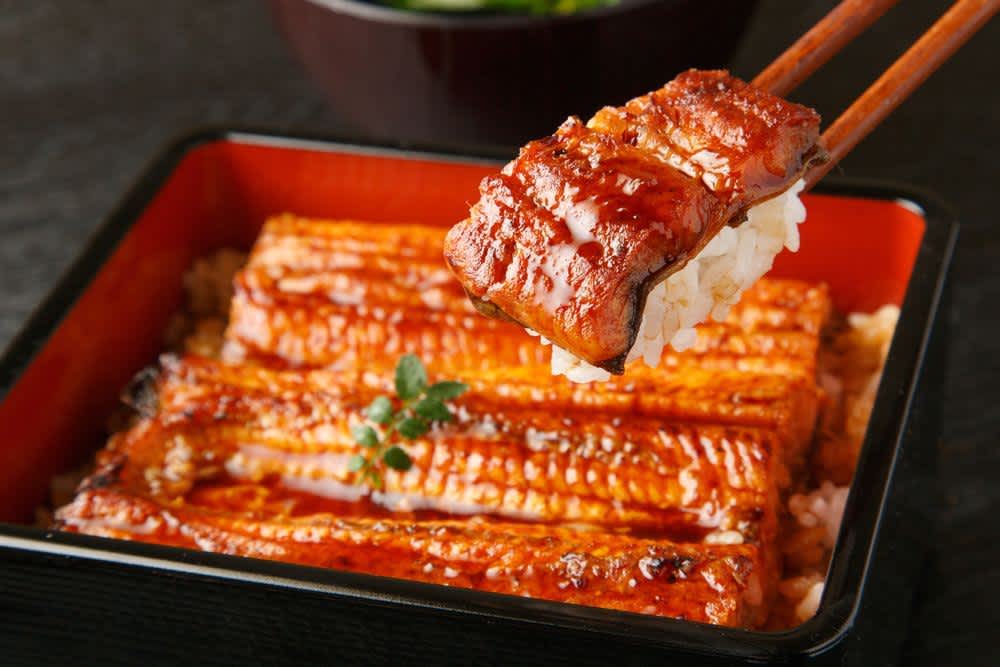
There are many ways to enjoy unagi. In several countries, the most common Unagi dish is Unadon and Unaju, both of which are dishes with freshly grilled eel served on top of rice. The main difference between them is the type of serving dishes, as Unadon is served in a bowl whereas Unaju is served in a rectangular lacquered box. After the first grilling, unagi is steamed to remove excess fats and then grilled again over hot charcoal after seasoning. In this way, the fish becomes crispy and tasteful on the outside but soft and juicy inside.
The all-time favourite –Kakigori
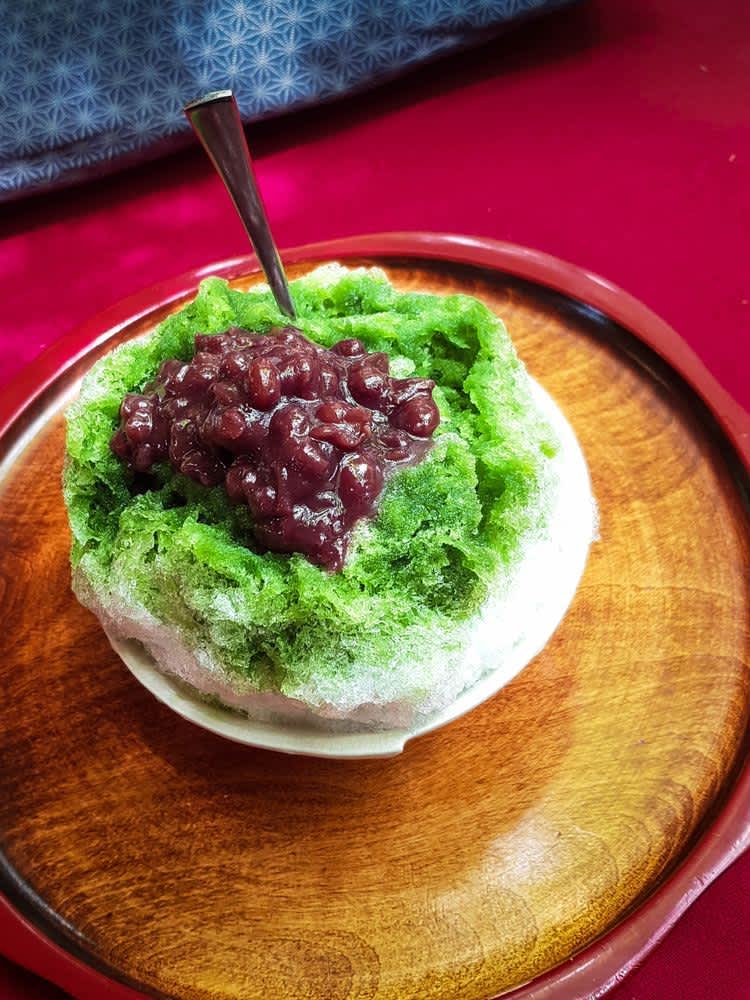
Manymay be familiar with shaved ice, but not the one in Japan. . In Singapore, shaved ice is usually topped with sweet cream corn, red bean, attap seeds, and bright coloured syrup. Because of the hot weather all year-round, Singapore is an ideal habitat for shaved ice shops to thrive. Other popular shaved ice include Korean Bingsu and of course the Japanese Kakigori. The difference between these various types of food is their ingredients. In Japan, the ingredients for a traditional Kakigori are coloured syrup and sometimes red bean.
Shaved ice in Japan is said to be around in Japan since 11th century which is the Heian era. Back then, this dessert was reserved for only Japanese nobles as a luxury dessert. It was made with ice shaved by a knife coated with honey. It was regarded as a luxury dessert as it was made from natural ice formed during winter and stored in icehouse until summer. It was until spread of icemaker in the end of Taisho era for Kakigori to become an affordable snack for commoners. Over 1,200 years, it is still one of summer favourites in Japan. Over the past few years, specialist shops opened all over Japan with many creative flavours. Besides the traditional red bean and matcha combination, you can find rare flavours like pistachio, avocado, and even tomatoes. Here is a fun fact - Japan even has a Kakigori Association and designated 25th July as the “Kakigori day” because the date has a similar pronunciation as 'summer ice' in Japanese.
Besides dessert, Japanese love cold noodles too!
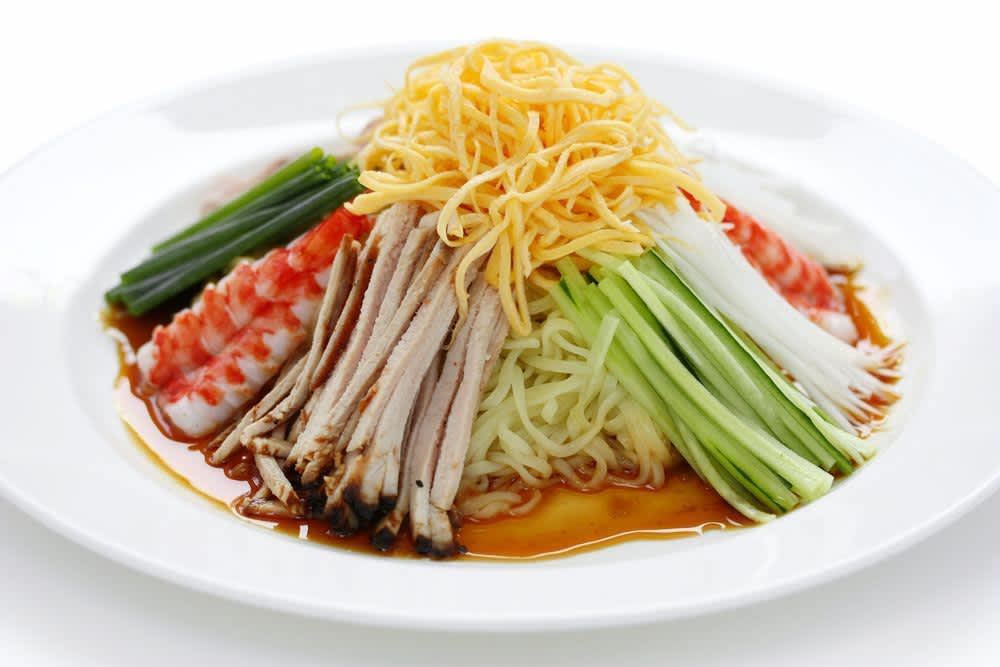
Japanese love noodles just as much as some other Asian countries do! Besides the hot steaming ones, nothing beats the refreshing taste of cold noodles in summer! Cold noodles are the perfect way to stay cool and nourished during hot summer. There are many different types so try finding your favourite. “Hiyashi chuka” is always the top on the list when it comes to cold noodles ranking. Its name is “cold Chinese food” in word-to-word translation. The dish is made with cold Chinese noodles with colourful toppings such as sliced ham, vegetables, and sauce piled on top. Its taste depends on the sauce and there is a wide variety of sauces that you can choose from such as yuzu, Japanese vinegar, or sesame sauce for matching. Other well-known noodles such as soba and somen are also be served cold in summer.
